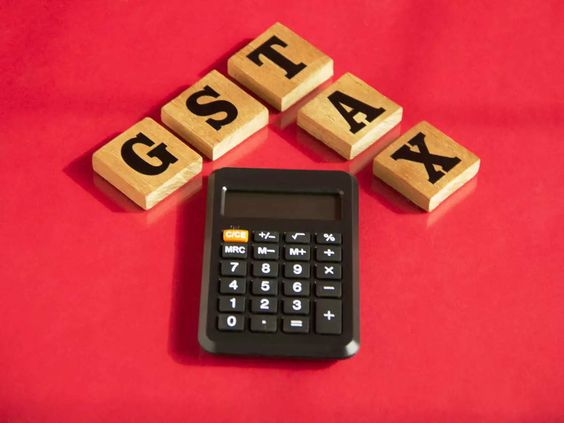Goods and Services Tax (GST) has revolutionized the way goods and services are taxed in India, and food in restaurants is no exception. If you’ve ever wondered how GST impacts your dining experience, you’re not alone. Let’s break it down to help you understand the nuances of GST on food in restaurants.
Get in Touch

What is GST on Food in Restaurants?
GST is a single tax that replaces multiple indirect taxes previously levied by the central and state governments. It was implemented on July 1, 2017, with the aim of simplifying the tax structure and enhancing compliance. Under GST, there are different tax rates applicable to various goods and services, including food.
GST on Food in Restaurants
1. Types of Restaurants
The GST rates on food can vary based on the type of restaurant:
- Non-AC Restaurants: These establishments, often considered basic dining options, have a GST rate of 5%. This lower rate aims to make dining out more affordable for the masses.
- AC Restaurants: Air-conditioned restaurants, which typically offer a more upscale dining experience, attract a GST rate of 18%. This higher rate reflects the enhanced service and amenities provided.
2. Takeaway and Delivery
When it comes to takeaway and delivery services, the GST rate is generally the same as that applied to dining in. Non-AC restaurants will charge 5%, while AC restaurants will charge 18%.
3. Alcohol and Other Charges
It’s important to note that the sale of alcohol is not covered under GST. Instead, it is subject to state excise duty. Therefore, when you order alcohol at a restaurant, additional taxes will apply.

GST on Food in Restaurants: Input Tax Credit (ITC)
One of the significant advantages of GST is the Input Tax Credit (ITC), which allows businesses to offset the tax they pay on inputs against the tax they collect on outputs. However, for restaurants, the ITC on food and beverages is limited.
- Non-AC Restaurants: Businesses can claim ITC for expenses incurred for inputs.
- AC Restaurants: Due to the higher GST rate, businesses may have limited scope for claiming ITC on food expenses, making it essential for them to price their menu items accordingly.
GST on Food in Restaurants: Impact on Consumers
For consumers, the implementation of GST has led to increased transparency in pricing. While you might notice slight variations in your bill compared to pre-GST days, the standardization of rates ensures that you’re paying a fair price for the services rendered.
Pros and Cons for Diners
Pros:
- Simplified tax structure makes it easier to understand pricing.
- Reduced tax burden in non-AC establishments.
Cons:
- Higher costs in AC restaurants due to the 18% GST rate.
- Additional charges for alcohol, which can increase your overall bill.
Conclusion
Understanding GST on food in restaurants helps you make informed choices about where to dine. Whether you’re opting for a budget-friendly non-AC eatery or treating yourself at a swanky AC restaurant, being aware of the tax implications can enhance your dining experience.
As the GST landscape continues to evolve, staying updated on these changes will ensure you’re always in the know, allowing you to enjoy your meals without any surprises on the bill.
Want To Know More About GST ? Contact us
